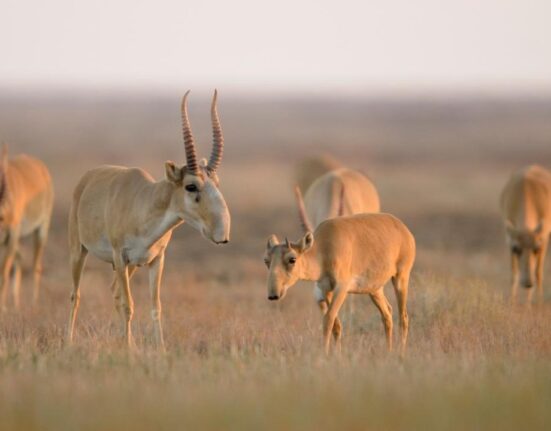Central Asia’s glaciers, a key source of freshwater for tens of millions of people, are approaching a critical point after which they will experience rapid degradation. According to expert forecasts presented at the international conference “Innovative Methods of Monitoring Mountain Glaciers in the Context of Climate Change and Current Issues in Glaciology” held in Tashkent on September 16–17, the region could face irreversible consequences from a changing water balance during the next 15 years, UPL.UZ reported.
The conference served as a platform for dialogue between scientists and government officials. The main topic of discussion was not only the rate of glacier meltdown but also an integrated approach to water resource management within the Water-Energy-Food-Ecosystem nexus. Participants agreed that the problem requires immediate joint action and the development of a unified regional strategy.
Researcher Abror Gafurov drew the attention to the concept of the “tipping point” – the moment when glaciers reach their peak water yield, followed by a sharp and irreversible reduction in water runoff. “We are currently seeing an increase in river water volumes, which can create a deceptive impression that everything is okay. However, our calculations show that for Central Asia, this tipping point will occur around 2040,” Gafurov stated. He added that countries in the region have no more than 15 years to adapt their economies and water management systems to the new reality. Proposed measures include the widespread introduction of water-saving technologies and the development of long-term water management strategies.
Doniyor Turgunov, Director of the Hydrometeorology Research Institute, presented data showing that glacier meltdown has significantly intensified over the past decade. “If the current trend continues, we risk losing up to 50% of the total glacier area in Central Asia by 2050,” he stated. Among possible countermeasures, Turgunov mentioned experimental technologies, such as creating artificial landscapes in high-mountain zones and creating artificial glaciers to stabilize the situation.
The situation in the basins of the region’s main rivers, the Amu Darya and Syr Darya, which are fed primarily by melting glaciers in the mountains of Kyrgyzstan and Tajikistan, is particularly alarming. Temur Khuzhanazarov, a researcher at Kyoto University who has been monitoring glaciers since 2016, noted that the abnormally low snowfall in 2025 has led to an unprecedentedly rapid loss of glacier mass. “In 2024, the melting rate was half that of 2025. I personally witnessed how dramatically the glaciers have shrunk over the past year,” the scientist emphasized.
Political factors also contribute to climate change. Khuzhanazarov pointed to the construction of the large Kosh-Tepa irrigation canal in Afghanistan as an additional threat to water security in the lower reaches of the Amu Darya. This project could significantly reduce the volume of water reaching Uzbekistan, Turkmenistan, and the Aral Sea region.
Data presented at the conference indicate the advent of a new climate era for Central Asia, which will require governments to rethink their approaches to water resource management and accelerate the implementation of innovative solutions to prevent a major crisis.




